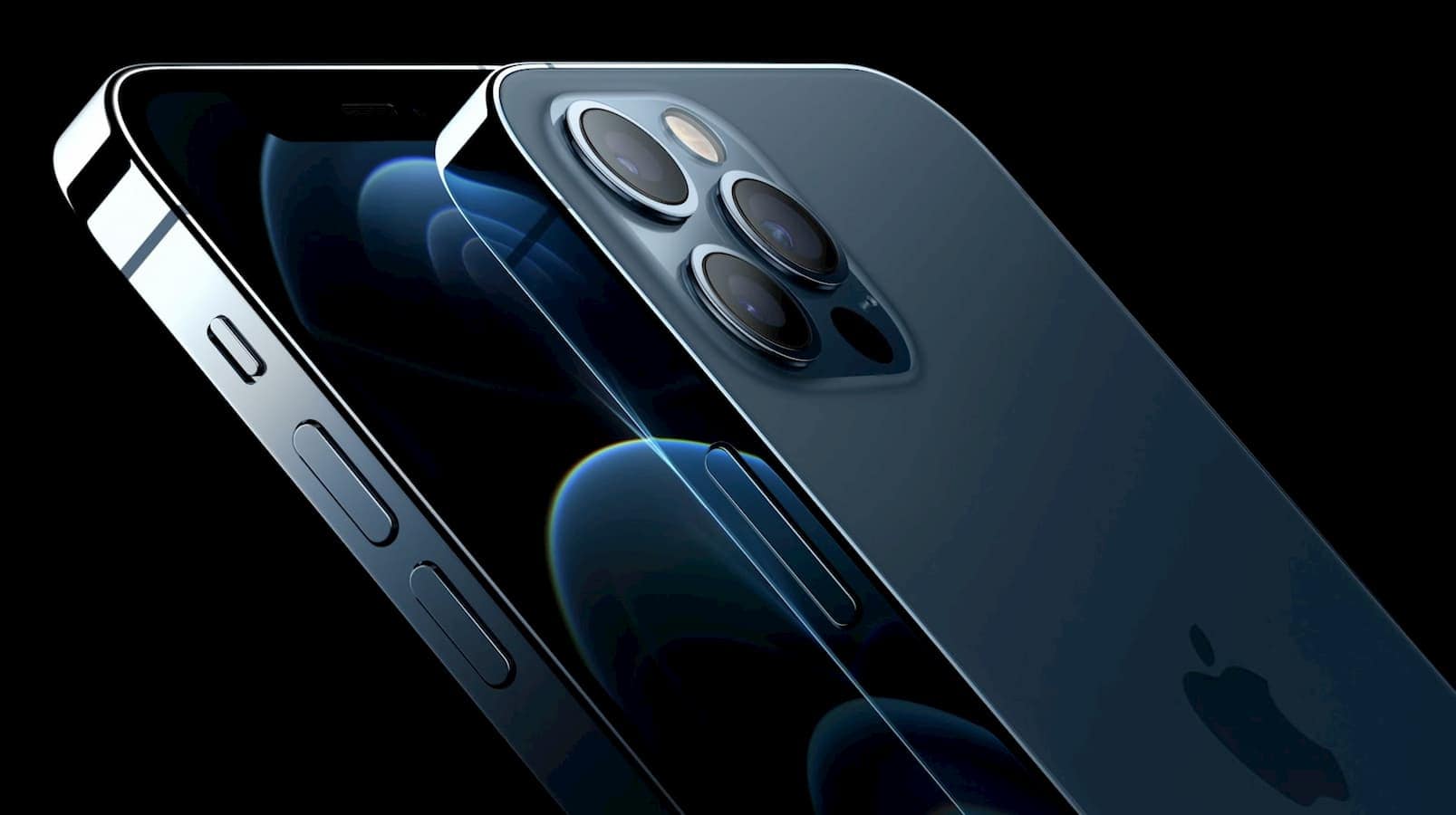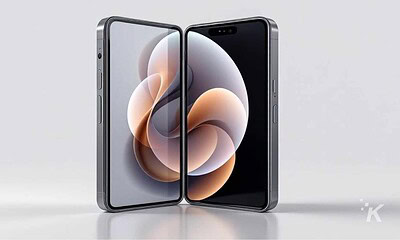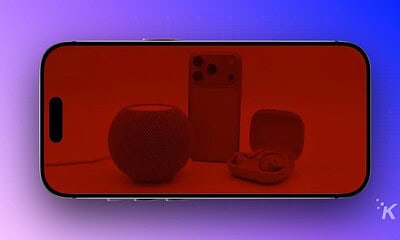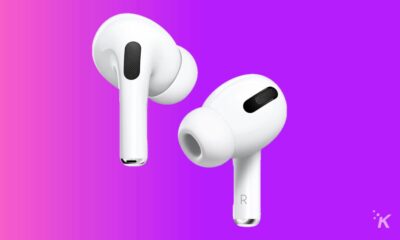Apple
The A14 chip in the new iPhone 12 range crushes the competition
Need to get work done? The iPhone 12 seems to be crushing it.

Just a heads up, if you buy something through our links, we may get a small share of the sale. It’s one of the ways we keep the lights on here. Click here for more.
Okay, we all knew that the A14 Bionic chip used in the new iPhone 12 range was a beast. Apple promised a 50-percent increase in performance and graphics, and while Tom’s Guide didn’t quite see those numbers, the lead Apple’s latest chip has over the competition is commanding. Let’s take a look at what the chip offers.
First up, Geekbench 5. This mobile benchmark measures general performance and it’s a good way to compare across different CPU types or operating systems. The chips that Apple puts in its iPhone range usually dominate this chart and the A14 Bionic is no exception.
A single-core score of nearly 1,600 is a full 600 points higher than the first Android device using the flagship Snapdragon 865 Plus, on the Samsung Galaxy Note 20 Ultra. For some reason, the iPhone 12 posts higher scores than the iPhone 12 Pro, although within a possible margin of error so it seems the 6GB of RAM on the Pro model vs the 4GB on the normal iPhone 12 doesn’t affect the testing here.
Remember this is more of a general test. Compared to last year’s iPhone 11 Pro Max, the iPhone 12 improves on the single-core score by 19-percent and 10-percent on the multi-core result. That’s an impressive generational jump, but if you were planning on upgrading your iPhone 11 based on needing more power, this might be enough to decide not to. I certainly don’t notice any issues using my iPhone 11 Pro that warrants an upgrade, yet.

The same thing happens with the Wild Life graphics test inside 3DMark, with the A14 chip beating the Samsung Galaxy Note 20 Ultra by 57-percent. That’s a score of 39fps versus 25fps, which will be immediately noticeable in games with fast-paced action.
It’s not just gaming and fun though, as Tom’s Guide tested the all-important video encoding by transcoding a 4K video to 1080p. This is another area that the Bionic chip with all of its machine learning and neural stuff excels at, with the encode time in Adobe Premiere Rush being 26 seconds, versus the one minute, sixteen seconds that the Snapdragon 865 Plus in the Samsung Galaxy Note 20 Ultra posted.
Can we just consider the iPhone the home for people who want to get things done on their phones? I’d love to see a higher refresh rate screen next year though, to make everything even smoother.
What do you think? Excited about the iPhone 12? Plan on upgrading? Let us know down below in the comments or carry the discussion over to our Twitter or Facebook.
Editors’ Recommendations:
- Review Roundup: iPhone 12 and iPhone 12 Pro
- The iPhone 12 Pro range will have 6GB of RAM, a first for iPhones
- The iPhone 12 and iPhone 12 mini features 5G, OLED screens, and more
- The HomePod mini is the $99 smart speaker you probably didn’t know you needed































